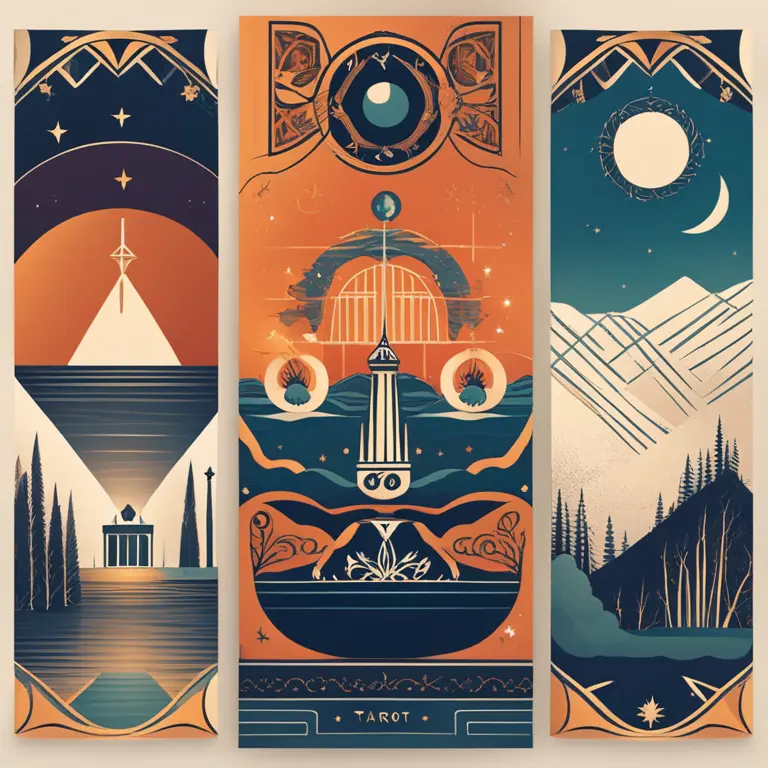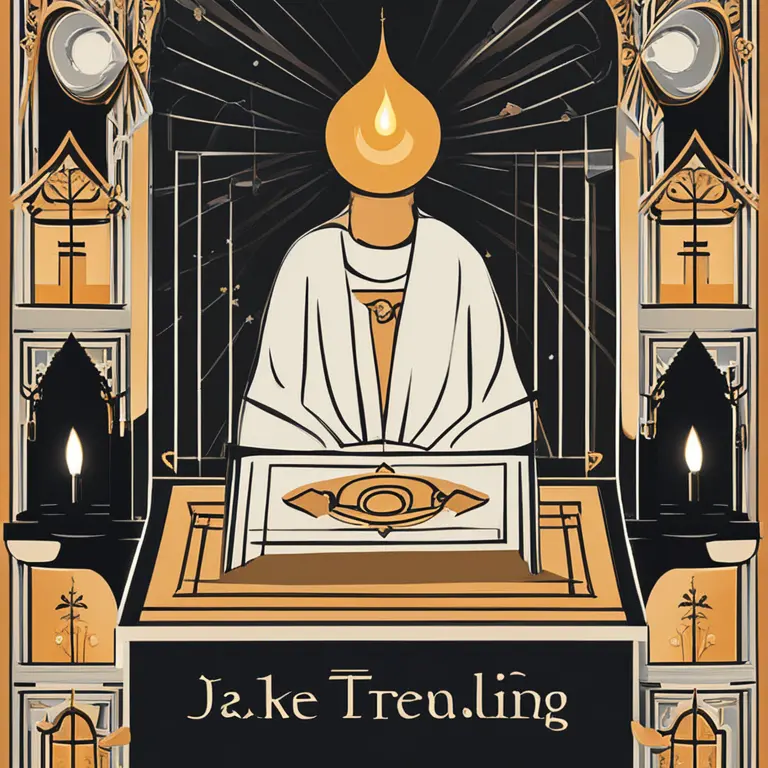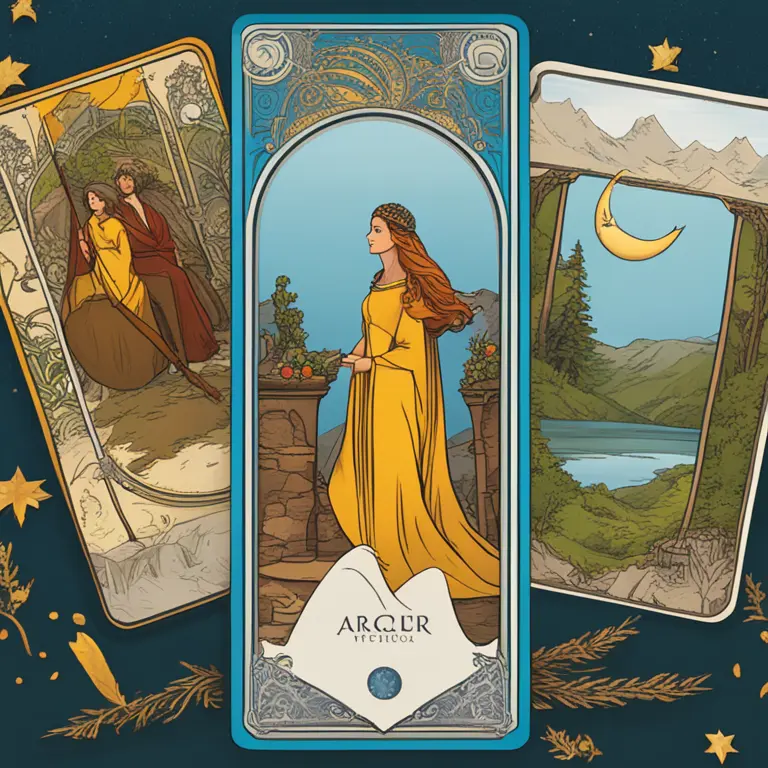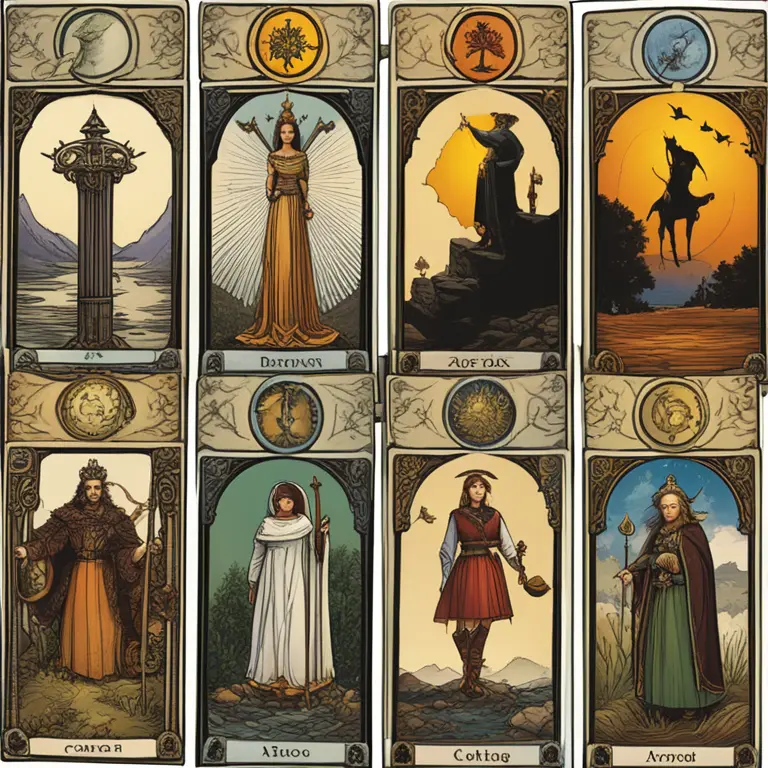
Introduction to Tarot
While many often seek to peer into the future or gain clarity on their current circumstances, tarot reading stands out as a unique tool for introspection and guidance. Tarot decks consist of 78 cards, each imbued with its own imagery, symbolism, and story. The practice of tarot reading involves the interpretation of these cards to reveal potential outcomes and understandings about an individual's life, choices, and potential futures.

The Tarot Deck Structure
The tarot deck is divided into two main sections: the Major Arcana and the Minor Arcana. The 22 Major Arcana cards represent significant life themes and lessons, often indicating more profound and karmic influences at play. In contrast, the 56 Minor Arcana cards are grouped into four suits — Cups, Swords, Wands, and Pentacles — reflecting more day-to-day aspects of our lives. Understanding the roles and relationships between these cards is fundamental to providing insightful readings.

Setting the Ambiance for a Reading
To conduct a tarot reading, one must create a conducive environment, which can include lighting candles or incense to promote concentration and relaxation. The querent, or person for whom the reading is done, typically shuffles the deck, infusing it with their energy and queries. The reader then lays out the cards in a specific spread, each position within the spread offering unique viewpoints on the querent's situation.

Popular Tarot Spreads
From the simple three-card spread representing past, present, and future, to the more complex Celtic Cross, which offers a deep dive into different aspects of a situation or personal question, the choice of spread depends on the depth and type of insight sought. Each position in a spread is a figurative stepping stone that forms a path for the narrative the cards will tell.

Interpreting the Cards
Interpretation is the heart of tarot reading. It requires the reader to weave both the individual meanings of the cards and their collective message within the spread. A card that appears 'reversed,' or upside down, can signify an internalized expression of the card's traits or a delayed impact. Intuition plays a pivotal role, as the imagery and symbols on the cards can convey different messages to different readers and querents.
When Tarot Touches the Stars
Astrological insights for 2024 and beyond often intersect with tarot readings, offering a multidimensional look at a querent's pathway. For instance, if a tarot reading suggests a year of transformation, this could align with Pluto's long transit through Aquarius, heralding societal shifts and personal revolutions. Such synchronicity underscores the interconnectivity of various divination systems and how they can enrich a reading.
The Ethical Dimension of Tarot
A responsible tarot reader must maintain an ethical approach, offering insight without creating dependency or fear. It's essential to remember that the cards provide guidance, reflecting possible courses of action and outcomes based on the querent's current trajectory, not fixed predictions. The tarot empowers individuals by highlighting choices and prompting introspection, never dictating one's fate.
Published: 1/17/2024
Modified: 1/17/2024
More predictions
Come back here soon to learn more about yourself and your future


Exploring The Meanings of Astrological Houses
Discover the significance of the 12 astrological houses in your natal chart and how they influence various areas of your life, from identity to career and beyond.


Astrology's Framework: Signs & Houses Insight
Delve into the foundational elements of astrological interpretation by understanding the roles of zodiac signs and astrological houses in personal horoscopes.


The Varied Dimensions of Astro Houses
Discover the intricate dimensions of astrological houses and their differing sizes in the zodiac wheel, shaping personal astrology profiles.